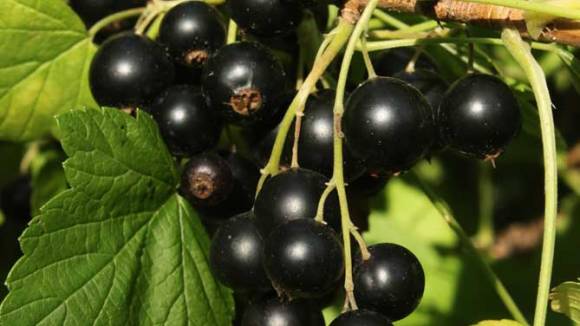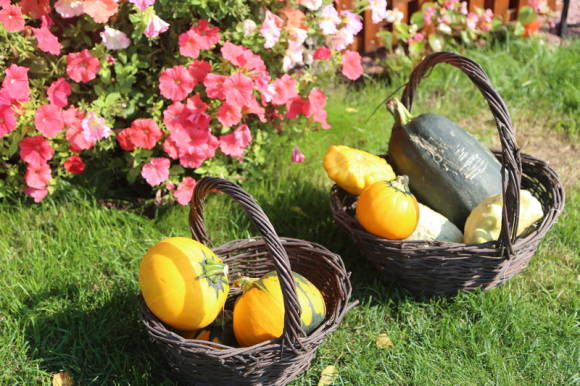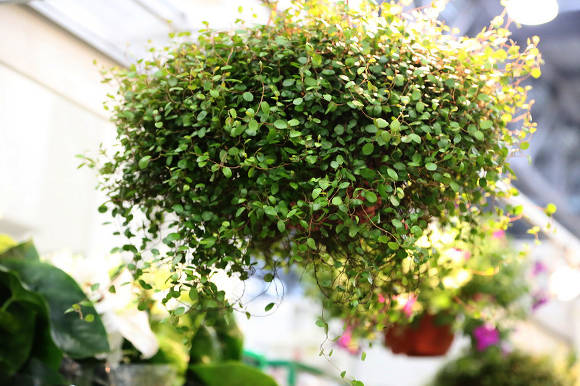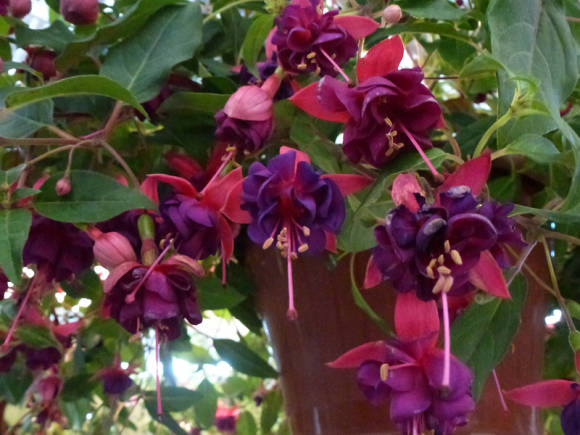Lovage is a valuable dietary and medicinal plant. And although its chemical composition has not been studied enough, it is valued for its high content of essential oils, which give it a specific aroma.
It contains a large amount of sugar, tannins, coumarins, malic acid, resin, gum, essential oils, the content of which in a fresh plant is 0.3–0.5%, and in a dried plant - 0.6–1.0%. In terms of vitamin C content, lovage is not inferior to celery, and in terms of carotene it is not inferior to carrots.
Lovage has long been known in Russian folk medicine, especially its roots. Earlier, with a cold, the peasants loved to steam in the bath with brooms from lovage leaves. The children were given young stems and leaves to eat to drive out worms.
Currently, the roots of the plant are included in the pharmacopoeias of Germany, the Netherlands, Switzerland, and Finland. They are also used in Tibetan medicine, as well as in homeopathy.
Lovage is not toxic, has no contraindications, so everyone can use it. It stimulates the activity of the endocrine glands, increases vitality. Here is an affordable and free medicine from the garden, with which our great-grandmothers successfully treated many problems, especially those related to the urinary system.

Prescriptions for medicinal use
Decoctions and infusions from the roots, and in their absence it is possible from the leaves, they are used for cardiovascular diseases. Even a short use of a decoction of lovage roots causes a more energetic, but calm work of the heart, relieves shortness of breath, the health of patients improves.
For cooking decoction you need 1 tbsp. pour a spoonful of dry crushed root with 0.5 liters of warm water. Insist for 8-10 hours in a warm oven, bring to a boil and cook in a water bath for 7-8 minutes, leave for 30 minutes at room temperature, drain. You need to take the broth in 2 tbsp. spoons 4-5 times a day 30 minutes before meals. The course of treatment is 1 month.
In case of respiratory diseases, as an expectorant for sputum in the bronchi, they use not only a decoction, but also powder from dry lovage root (on the tip of a knife) 3 times a day. Useful lovage and diseases of the gastrointestinal tract. Lovage root tea has a beneficial effect on intestinal motility and reduces bloating.
Fresh lovage leaves well relieve headaches of any origin. To do this, the leaves must be slightly kneaded and applied to the forehead and temples.

Root decoction lovage cleanses the skin well and heals festering and long-lasting wounds, helps with rheumatism and gout.
But most often in folk medicine, lovage is used for diseases of the urinary system. Lovage is a good diuretic. Its roots in the form of a decoction are used for kidney disease.
For kidney stones, ureters and bladder stones, herbalists use collection, consisting of 1 tsp lovage root, 3 tsp parsley fruit, 3 tsp anise fruit, 1 tsp juniper fruit, 1 tsp dandelion root, 1 tsp shepherd's purse herb.
For cooking infusion you need 1 tbsp. pour a spoonful of chopped collection with 1 glass of cold water, leave for 6-7 hours, bring to a boil and cook over low heat for 15 minutes, drain. Take 0.25 glasses 4 times a day. You can not take this infusion for inflammatory diseases of the kidneys and urinary tract.
In the treatment of cystitis in folk medicine, a collection is used, made up of equal shares of lovage root, tricolor violet herb and juniper fruits. To prepare the broth, you need 1 tbsp. pour a spoonful of the crushed mixture with 1 glass of boiling water, heat in a water bath for 10 minutes, strain. Take 0.75 cups 3 times a day 30 minutes before meals.
Many herbalists use another collection for cystitis, consisting of 2 hours of lovage root, 5 hours of birch leaves and 2 hours of parsley seeds. To prepare the infusion, you need 1 tbsp. pour a spoonful of chopped collection with 1 glass of cold water, leave for 6-7 hours, bring to a boil and heat over low heat for 5 minutes, drain.Take 2 tbsp. spoons 3 times a day 30 minutes before meals.
Lovage root is an old remedy for alcoholism. To prepare the infusion, 50 g of chopped dry lovage root and 2 bay leaves must be insisted for 15 days in 250 grams of vodka. The alcoholic is then given one glass of this potion to drink. It causes aversion to alcohol, vomiting. If from a single dose of aversion to alcohol did not come, then the treatment is repeated.
Many herbal medicine specialists recommend taking lovage in the treatment of skin diseases, lichen, eczema, psoriasis, and purulent wounds.
Infusions and decoctions of lovage should not be taken by pregnant women.
Lovage in cooking

All lovage plants have a strong and persistent, specific smell, somewhat reminiscent of the smell of celery. Many gardeners consider it to be one of the best gingerbread plants.
Lovage root is good fresh, boiled and baked. It can be fried, meat is stewed with it, cutlets are made, added to soups and vegetables. Lovage leaves and young stems are used fresh and dried to flavor salads, minced meat, sauces, roasts, vegetables and stews. Lovage is especially good for meat broth. But due to its strong smell, it should be added in small quantities.
Fresh leaves, stems and roots of lovage are used as a salad or vegetable dish. Sandwiches with lovage are very tasty. To prepare them, finely chopped lovage leaves must be mixed with vegetable oil, salt to taste and put on slices of bread.
Large, juicy petioles and young shoots of lovage can be cut into pieces and boiled in sugar syrup to obtain a kind of candied fruit for cakes, casseroles and pies.
Lovage is also used for pickling and pickling cucumbers and tomatoes. Even small additions of lovage greenery greatly change the taste and give the canned food an exceptionally peculiar mushroom aroma. Young roots and stems of lovage are used for flavoring confectionery, as well as for making liqueurs.
Cooking recipes:
- Summer green soup
- Brussels sprouts salad with vegetables and sausage
- Vitamin salad with lovage
- Salad with cauliflower, zucchini and lovage
- Lightly salted cucumbers with lovage
- Pea soup with lovage
- Mushroom cream soup with cream, lovage and tarragon
- Marie sprouts toasted with butter and lovage
- Lovage roots in sugar
"Ural gardener", No. 45, 2018









